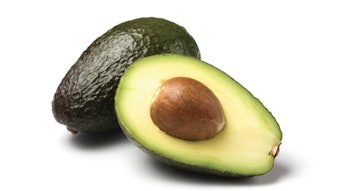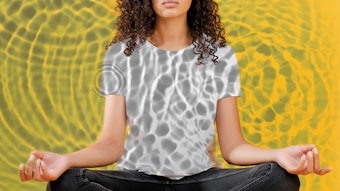Women with facial proportions that are closest to average are considered the most beautiful by their peers, research suggests.
Researchers from the University of California San Diego and the University of Toronto asked college students to view digital photos of women's faces that were identical except for slight alterations in certain facial proportions, including placement of the eyes and the relationship between the eyes and mouth.
Female faces that followed certain proportions were judged more attractive by their peers—specifically, a vertical distance between the eyes and mouth that's 36% of facial length, and a horizontal distance between the eyes that's 46% of facial width. Researchers are calling it a "golden ratio."
Though it is unknown why faces that follow these proportions are considered lovelier, researchers say one theory is that humans have a mental prototype that represents an average of all faces and those that are closest to it are considered the most appealing. Previous research has shown that those with symmetrical faces are also perceived as more beautiful, possibly because the symmetry indicates good health. It is possible that evolutionary biology dictates that average faces are viewed in much the same way, the study authors noted.
So does this mean women shouldn't bother with cosmetics and appointments at the salon? Not so fast, the study authors noted. "We already know that different facial features make a female face attractive—large eyes, for example, or full lips," said study co-author Kang Lee, a professor at University of Toronto and the director of the Institute of Child Study at the Ontario Institute for Studies in Education. "Our study conclusively proves that the structure of faces—the relation between our face contour and the eyes, mouth and nose—also contributes to our perception of facial attractiveness. Our finding also explains why sometimes an attractive person looks unattractive or vice versa after a haircut, because hairdos change the ratios."
Because only white female faces were included, the authors noted that there may be a different set of ideal proportions for other racial groups, male faces or children's faces.
The study was released online in advance of publication in an upcoming print issue of the journal Vision Research.
More information
The U.S. National Institutes of Health has tips for looking better and feeling better.
HealthDay News, December 21, 2009










